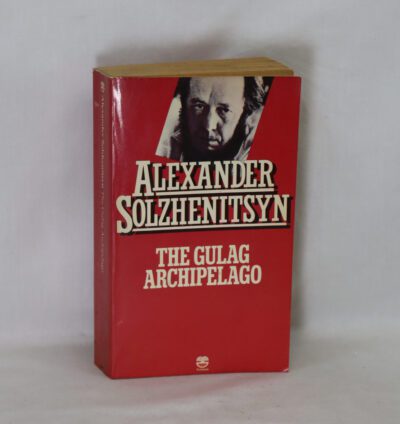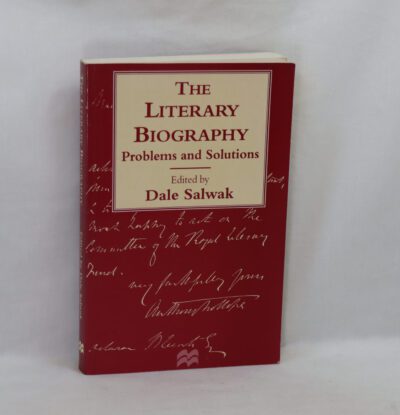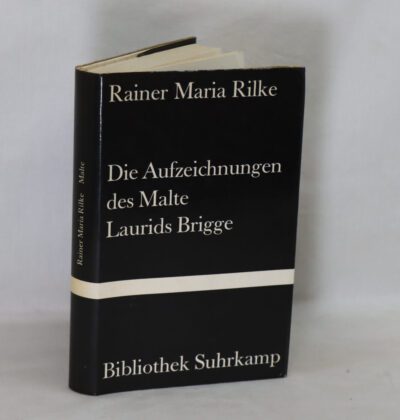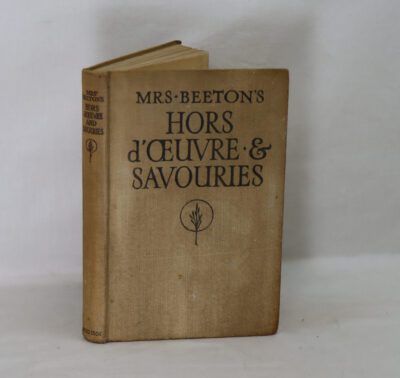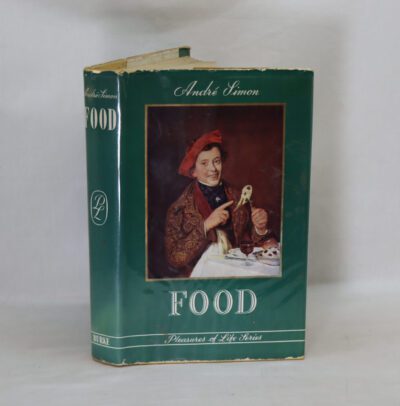Kangaroo.
By D H Laurence.
Printed: 1960
Publisher: Penquin Books. London
| Dimensions | 11 × 18 × 2 cm |
|---|---|
| Language |
Language: English
Size (cminches): 11 x 18 x 2
Condition: Fair (See explanation of ratings)
Your items
Item information
Description
Paperback. Orange cover with black title.
We provide an in-depth photographic presentation of this item to stimulate your feeling and touch. More traditional book descriptions are immediately available
A FROST PAPERBACK is a loved book which a member of the Frost family has checked for condition, cleanliness, completeness and readability. When the buyer collects their book, the delivery charge of £3.00 is not made
Escaping from the decay and torment of post-war Europe, Richard and Harriet Somers arrive in Australia to a new and freer life. Somers becomes involved with an extreme political group. At its head is Kangaroo, to whom Somers is alternately attracted and repelled, with terrifying consequences.
Review: I finished this book and really felt like I had let go of something that saved me from the times we live in. Lawrence’s words are purifying and from the heart and it is evident that the man was born to write. I love this book. I’ve read a lot of books – Dickens being one of my favourite authors and I hate to compare writers. There is no “better” in my opinion, only different. Lawrence was a great man because he refused to be changed by a world that often sought to judge and eradicate him. It greatly misunderstood him and tried to define him as a pornographer. This is such a tragedy as Lawrence only wanted to be authentic to what it is to be human. He didn’t care about the pious contradictions of the time he lived in and he had immense courage. His creativity would be his driving force and be damned what others thought or felt in their ridiculous ideas of what life should be like.In Kangaroo – Lawrence’s spiritual and heartfelt perceptions are nothing short of stunning. He defines Australia like no one else has been able to. Lawrence immersed his spirit in place and so he could truly write about it. His northern roots kept him grounded but his artistry soars because he knows what he is doing. He is so skilled in bringing place and people to life and he really wanted a better world – a more authentic world. He let nothing stand in his way in order to create the monoliths of what Australia is – he did it so effortlessly that it is consuming and really makes you glad to be human. Kangaroo is semi-autobiographical and there are lots of insights into his relationship with his wife and his indefinable sexuality. Lawrence was a true artist and a great human being and Kangaroo is his greatest work. It will renew and uplift even the most jaded heart in the realization of someone so brilliant and authentic. He had his faults of course but Kangaroo stands as a true statement of integrity and passion and real interest. There is nothing but a desire to be real and to find the reality of what it is to be human in the transcendent words and paragraphs. He really achieves what he hopes for in his descriptions and more of Australia and how place shapes an inner part of who we are. Inescapably. I now want to feel that renewal that he experienced in Australia. He didn’t want to leave.
David Herbert Lawrence (11 September 1885 – 2 March 1930) was an English novelist, short story writer, poet, playwright, literary critic, travel writer, essayist, and painter. His modernist works reflect on modernity, social alienation and industrialisation, while championing sexuality, vitality and instinct. Four of his most famous novels – Sons and Lovers (1913), The Rainbow (1915), Women in Love (1920), and Lady Chatterley’s Lover (1928) – were the subject of censorship trials for their radical portrayals of romance, sexuality and use of explicit language. Lawrence’s opinions and artistic preferences earned him a controversial reputation; he endured persecution and the misrepresentation of his creative work throughout his life, much of which he spent in a voluntary exile that he described as a “savage enough pilgrimage”. At the time of his death, he had been variously scorned as tasteless, avant-garde, and a pornographer who had only garnered success for erotica; however, the English novelist and critic E. M. Forster, in an obituary notice, challenged this widely held view, describing him as “the greatest imaginative novelist of our generation”. Later, the English literary critic F. R. Leavis also championed both his artistic integrity and his moral seriousness.
Want to know more about this item?

Related products
Share this Page with a friend

